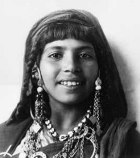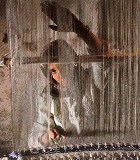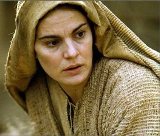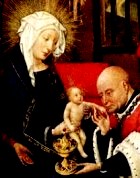Mary – the world she lived in
What was Nazareth like?
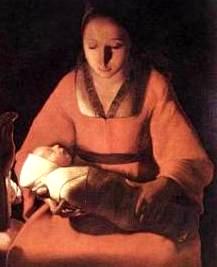
The Newborn,
George de la Tour
Mary of Nazareth was a Jewish peasant girl. She lived in a world in which 70% of people were peasant farmers. She worked hard at a range of tasks, and she loved and looked after her family.
The small, conservative town of Nazareth had a population of no more than 400. Mary probably knew everyone in the town, especially the women with whom she worked and lived.
Women have been involved in food production since prehistoric times, and she and other women in her family farmed any land that the family owned, whether it was fields, orchards or vineyards (olives were the largest crop produced in Galilee at this time).
What did she look like?
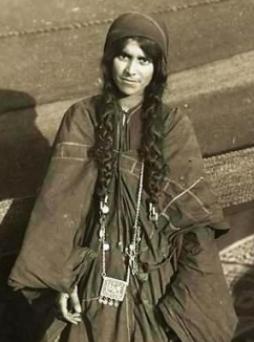
The historical Mary was probably physically robust, strong-minded, practical, respectful of tradition and loyal to her family – all characteristics of scriptural women in general.
Mary spoke Aramaic, a language with a strong poetic tradition. Her society valued the oral transmission of tradition, ideas, stories and news. Being able to talk well was a valued skill in the ancient world.
She knew the Jewish Scriptures, especially the stories and prayers in them, and was aware of the women in these stories, many of them favorite role models.
Mary probably knew the stories and prayers by heart, rather than by reading them. Reading was a specialized skill, necessary for men so that they could read the Torah, but not necessary for women, who developed more practical skills.
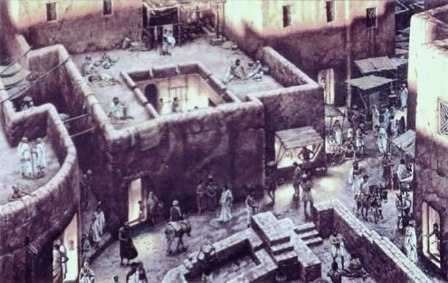
Reconstruction of an ancient Middle Eastern village
Scripture stories were not just ‘religious’ to Mary. They were entertainment as well. People told the stories and acted them out for pure enjoyment.
There were three main social levels in Mary’s world:
- the rich, who were usually landowners and/or entrepreneurs
- the poor, who worked on the land or at a variety of trades
- and the destitute, who had neither land nor job, and who survived by begging.
Mary and her family belonged to the middle group.
What did people eat in ancient Nazareth?
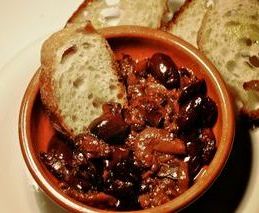
Nazareth’s position in the hills south of Sepphoris was perfect for the three main Mediterranean dietary items: grain, olives, and grapes.
The south-facing slopes over which the village’s houses spread were ideal for vines. Deep blue grapes covered trellises or bowed towards the ground.
For more about the sort of food that Mary and Jesus ate, and even instructions on how to cook fried grasshopper, go to Food in ancient Galilee
Nazareth: what did it look like?
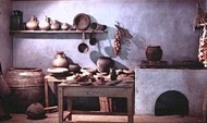
Reconstruction of an ancient kitchen
Muddy in winter, dusty in summer – Nazareth was never attractive. The streets wound haphazardly , with blank walls facing the outside world. Here and there a small door or high window broke the monotony.
Drab, yes, but there were compensations. The houses were so close together that people on the flat roofs could talk from house to house. Here and there were little bridges between the houses to cross from one to the other…
Read more at The village of Nazareth
Layout of the town
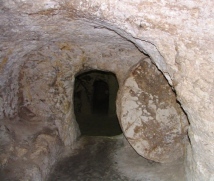
An underground tomb hollowed out of the rock in Nazareth
Nazareth in the first century was small. We know this because of the discovery of many underground tombs. Burial was always done outside inhabited areas, so the position of the tombs shows the limits of the village’s perimeter to the west, east, and south.
The people of Nazareth were essentially farmers, so they needed space between the houses for livestock and their enclosures, as well as gardens and orchards.
For more about the houses and layout of ancient Nazareth, go to The village of Nazareth
What were houses in Nazareth like?
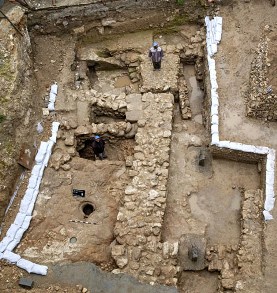
A house recently excavated in Nazareth
Houses were simply constructed with roughly hewn fieldstones, which were stacked on top of each other, held together by smaller stones packed into the spaces, and smeared with clay, mud, or even dung mixed with straw for insulation.
Floors were of packed dirt or beaten earth.
The absence of arches, girders, and roof tiles suggests that roofs were thatched, with wooden ceiling beams supporting a thick bed of straw or reeds, which protected the beams from dampness and was itself covered with packed mud for insulation.
Many of the houses had primitive cellars – cavities hollowed out underneath them. These were used to store grain or as water tanks. Many dwellings were built around caves used for living space – which underscores the humble status of this little village.
For more information, see Houses in ancient Nazareth
What about money?
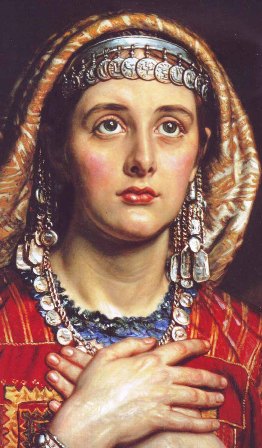
A young woman’s portable dowry
Nazareth where Jesus grew up was a conservative town that clung to traditional Jewish culture.
But only a few miles away the town of Sepphoris showed strong Greek influence, with a Graeco-Roman theatre capable of seating 5000 people. There was clearly a clash of cultures going on in the area, between people who favoured Greek culture and conservative Jews (like Jesus’ family) who did not.
During the time that Mary lived, most of Palestine was undergoing a serious economic recession. Despite the fertility of the land, there was unemployment and poverty throughout the country.
The great building programs of King Herod the Great had come to an end, throwing thousands of tradesmen out of work – Joseph may have been one of them.
Without a modern social security system to fall back on, the families of these unemployed men were in a serious situation.
Mary and Jesus were living in a period of social dislocation and political unrest. Jesus’ arrest, trial and execution took place against this background.
For more information on the lives of women in the Bible, go to:
Family, work and religion: the tribe, the family, slaves, women’s tasks, beliefs
Milestones in a woman’s life: Puberty, menstruation, marriage, childbirth, death, burials
The town of Nazareth – the town and its people in Jesus’ time
Search Box
![]()
Bible Study Resource Bible Women: Annunciation & Birth of Jesus,
Wedding at Cana, Mary in the Gospels
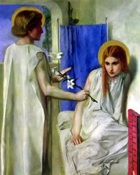
Young Bible People
Mary at the Annunciation
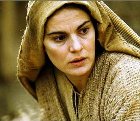
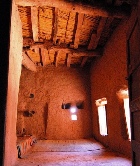
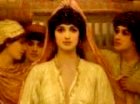

Meditation for Parents
Looking for a meditation
on Mary’s story?
Movies
With gospel texts and a list of hidden meanings

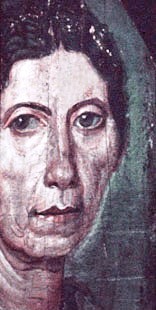
© Copyright 2006
Elizabeth Fletcher

